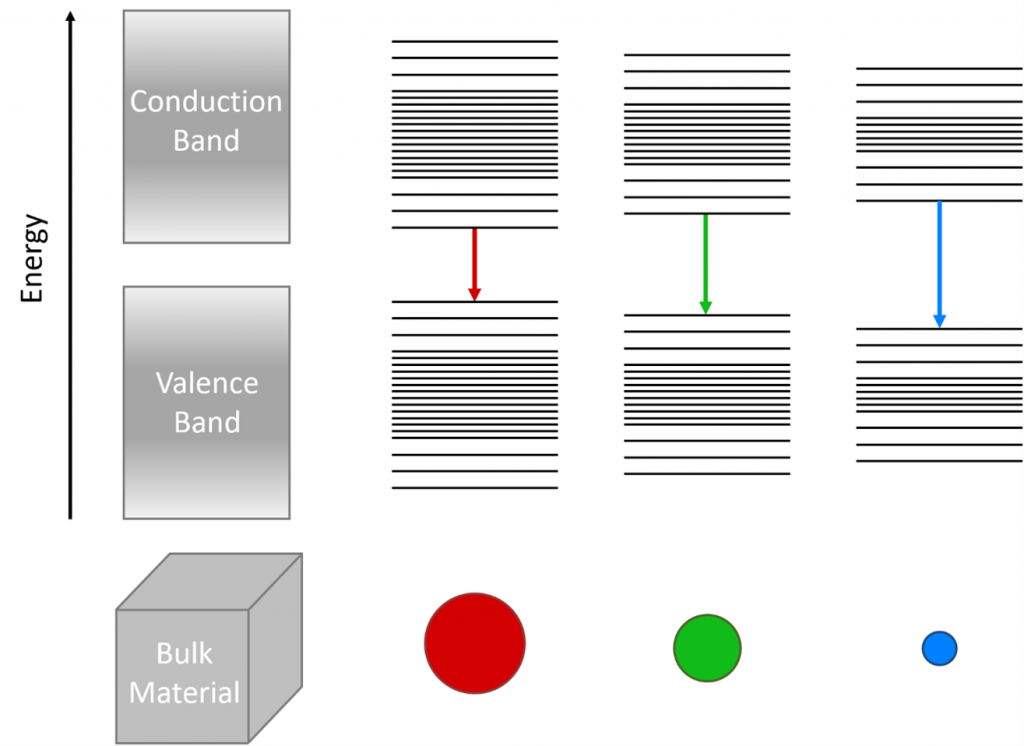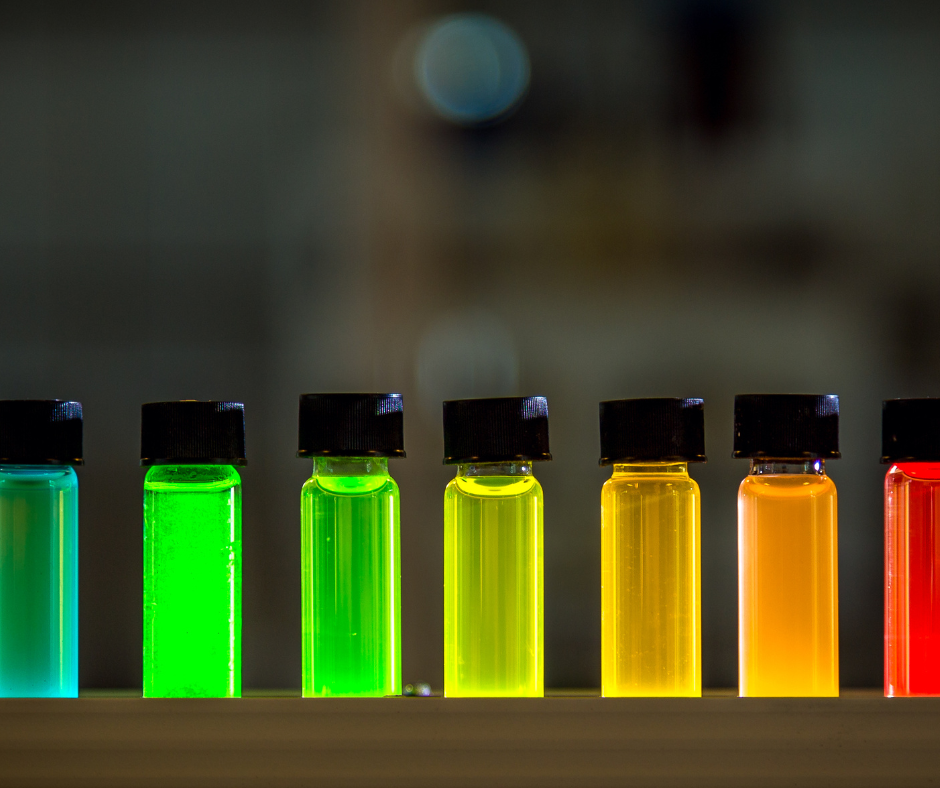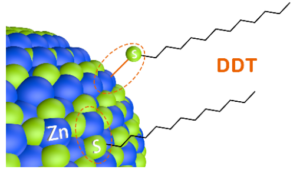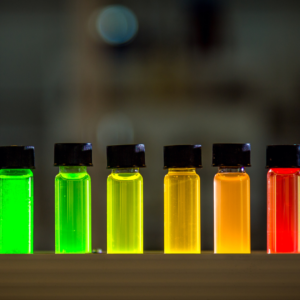
This year, the Noble Prize in Chemistry has been awarded to Moungi G. Bawendi, Louis E. Brus, and Alexei I. Ekimov for the discovery and synthesis of quantum dots.
Quantum dots are incredibly small particles (typically 1.5-10 nm in size) that have different optical and electronic properties compared to larger particles.1 For example, their absorption and emission of light varies depending on size, resulting in the materials being different colours. Since their discovery in the 1980s, their unique properties have been exploited in various applications such as photovoltaics, LEDs and displays and bioimaging.

Figure 1: Quantum dots can exhibit different electrical properties depending on their size, such as band gap and photoluminescence emission wavelength.
At Edinburgh Instruments we are incredibly excited at the recognition of the discovery and development of quantum dots, as this is a key area of interest for many of our customers. Our FS5 Spectrofluorometer is perfectly equipped to research and develop quantum dots.
The FS5 Spectrofluorometer is the ideal choice for quantum dot research, allowing complete characterisation of quantum dots under investigation.
Key features of the FS5 for quantum dot research include:
Figure 2: FS5 Spectroflurometer is ideal for quantum dot research and development
As the properties of quantum dots vary depending on their size, accurate characterisation of quantum dots is essential to ensure they are used most efficiently. In our application note, Photophysical Characterisation of Perovskite Quantum Dots, we demonstrate how the FS5 can be used for the complete photophysical characterisation of perovskite quantum dots, including absorption spectra, photoluminescence spectra, photoluminescence lifetime, and quantum yield.
You can also watch our demo video where Application Manager Stuart shows how easy it is to use the FS5 to fully characterise quantum dots:
Quantum dots have had a massive impact on LEDs and displays. Quantum dot light-emitting diodes (QLEDs) have attracted immense research interest from both academia and industry due to their desirable display properties. Still, some potential problems must be considered when developing QLEDS, namely efficiency roll off, where the efficiency of QLEDS starts to drop off after a certain brightness. To find optimal conditions that reduce efficiency roll off, Sun et al used an FS5 Spectrofluorometer to investigate.
Find out more about the findings in this blog, Investigating Efficiency Roll-Off in Quantum Dot LEDs (QLEDs) using the FS5 Spectrofluorometer.
1. T. Maxwell, M. G. N. Campos, S. Smith, M. Doomra, Z. Thwin, S. Santra, Nanoparticles for Biomedical Applications, Elsevier, 2020, 15, 243-265.



